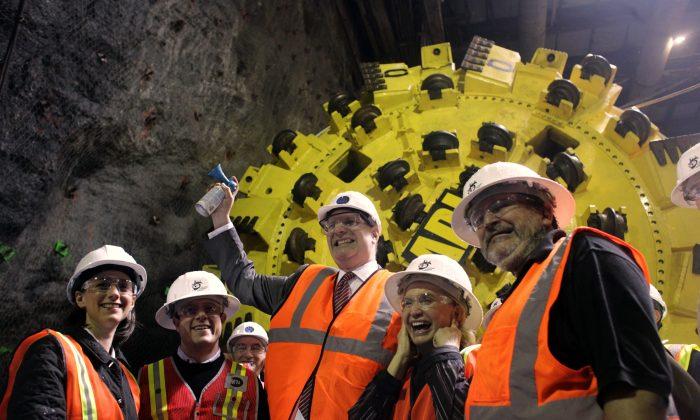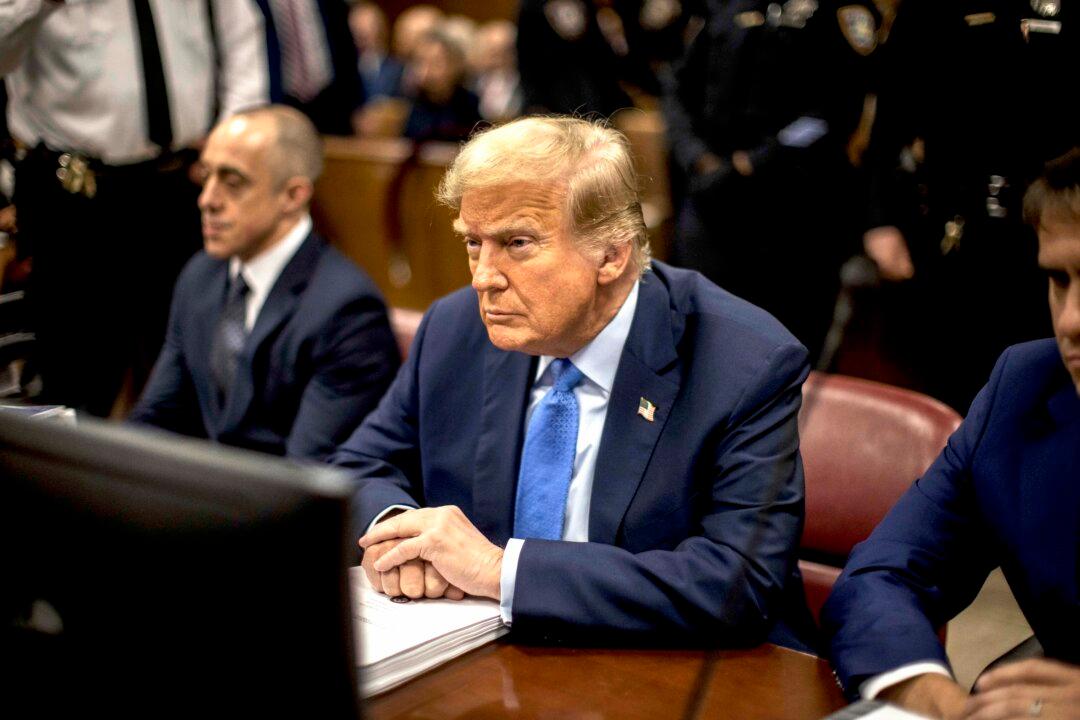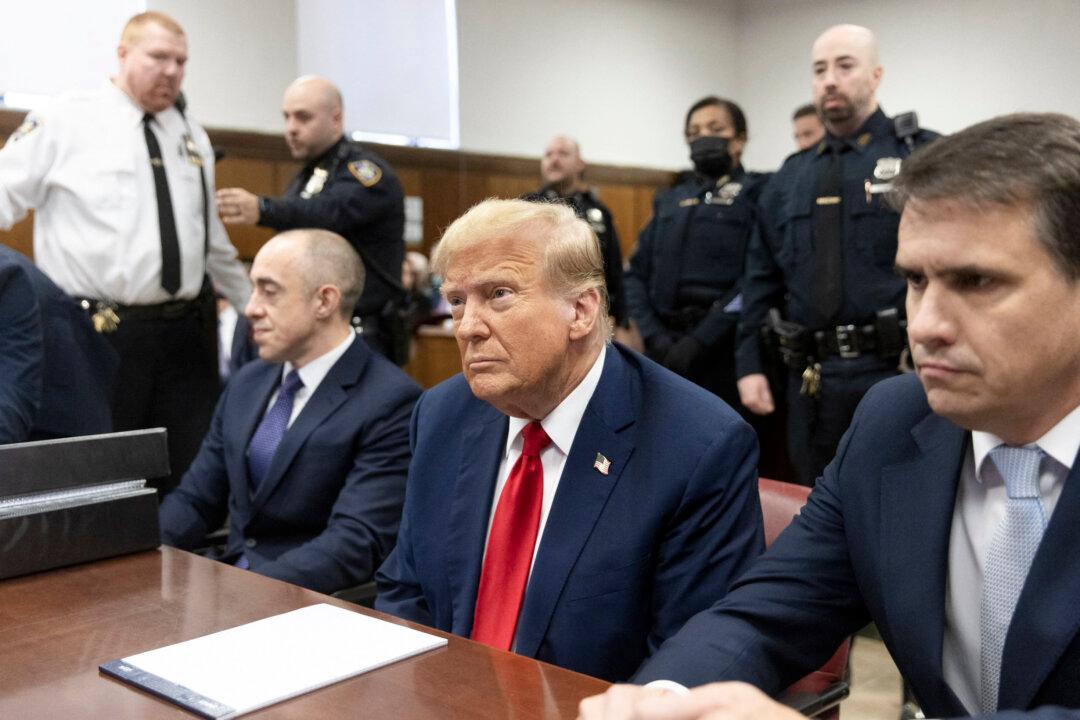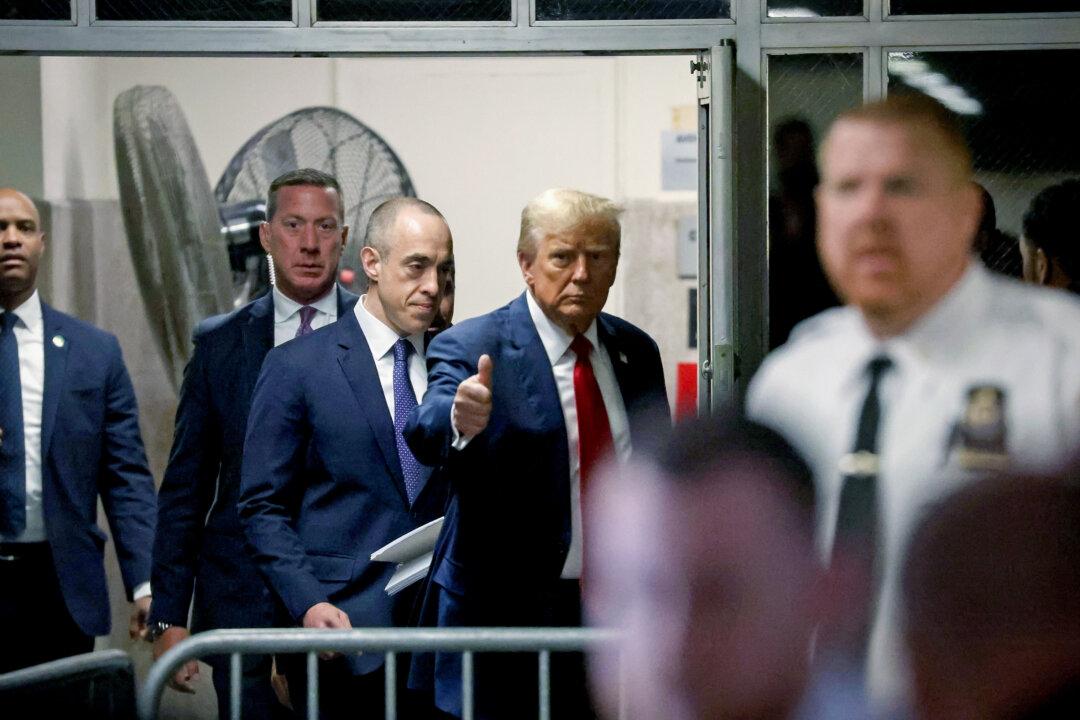NEW YORK—The New York Metropolitan Transportation Council (NYMTC) Thursday focused on the need to forge partnerships within the tri-state area, and beyond.
New York, New Jersey, and Connecticut will be cooperating more closely as part of the $24 million federally-required Unified Planning Work Program. “Transportation just doesn’t work if confined by political or jurisdictional boundaries,” said state Department of Transportation Commissioner Joan McDonald.
Regional partnerships will be crucial if the individual regions want to grow their transit infrastructure. “It essentially requires that partnerships be formed in order for the planning process to be in any way effective,” said Joel Ettinger, NYMTC Executive Director.
Infrastructure Fairness
In New York City, outmoded transportation infrastructures affect every commuter and visitor. The MTA has reported record ridership levels last year, reaching levels during World War II.
City officials and commuters constantly speak up about the lack of good transportation from the outer boroughs to the central business district in Manhattan.
Gov. Andrew Cuomo recently proposed funding for a toll rebate plan for Staten Islanders on the Verrazano-Narrows bridge, which required $7 million from the state and $7 million from MTA. The MTA approved the toll rebate Wednesday, but sparked a debate about fairness for many other under-served areas in the city.
“When we give to one component, we are belittling the others,” said MTA board member Susan Metzger. Other board members, former Lt. Gov. Richard Ravits, and a spokesperson from the Transportation Tri-State Campaign also emphasized at the meeting that lowering tolls does not solve Staten Island’s fundamental need for more and better transportation infrastructure.
Major projects underway in New York City include the Second Avenue Subway, East Side Access bringing Long Island Railroad to Grand Central, and the extension of the 7 line to the Hudson Yards site. The 7 line extension, unlike the other projects, would develop infrastructure before new residents and workers move in.
As the opening date later this year approaches, discussion continues about extending it farther north, south, and to New Jersey. This is an issue as the money isn’t available.
Regional Infrastructure Short-Changed
New York City has made comparatively more strides in infrastructure than surrounding regions.
In Rockland County, where officials have been pushing for mass transit on the new Tappan Zee Bridge, “underservice is the norm,” county executive Ed Day says.
In Putnam County, there are two rail lines and two interstate highways. Partnership has proven to be critical in previous and current projects, said county executive MaryEllen O’Dell.
William Wheeler, MTA Director of Special Project Development and Planning, has overseen planning for projects like the Second Avenue Subway and East Side Access. “Everyone has a need of access, and there’s not enough infrastructure to go around,” he said.
The solution is clearly to partner with other rail authorities to increase capacity. “We’re not going to be able to build our way out of better rail solutions,” Wheeler said.
The NYMTC is the metropolitan planning organization for New York, which oversees planning and studies. NYMTC is required to qualify for federal transportation funding in regions with populations over 50,000. The NYMTC covers New York City, Long Island, and the lower Hudson Valley.





